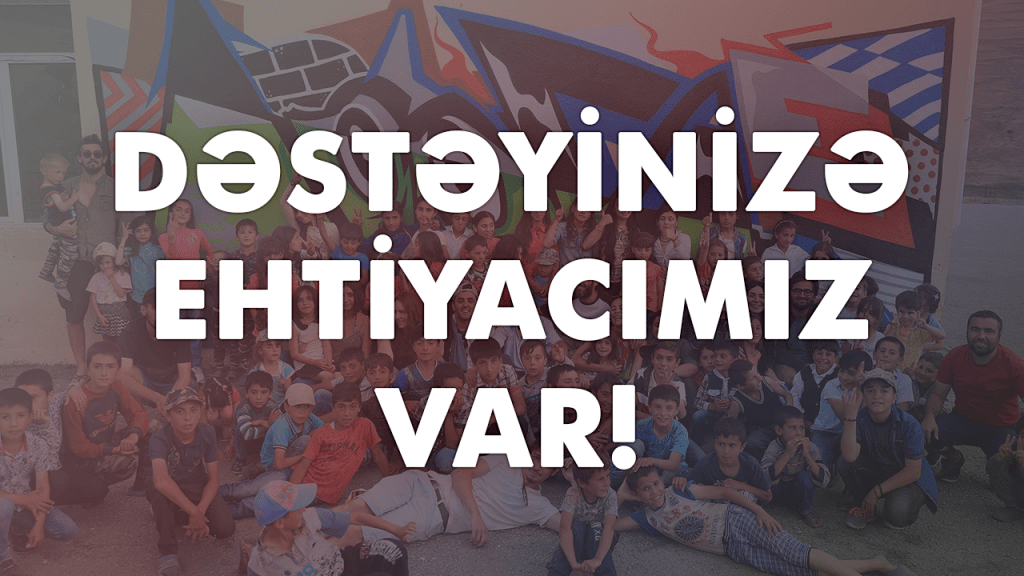Mahmud Rustamov

Hailing from a well-known artistic family, Mahmud Rustamov is an internationally recognized contemporary artist, most famous for his sculpture. He is a graduate of the Faculty of Sculpture from the Azimzade State Academy of the Arts and the Azerbaijan State University of the Arts and the creative workshops under Omar Eldarov. He started exhibiting his work in the 1990s and had his first solo exhibition in 1998 in Baku. Mahmud has participated in many exhibitions in Azerbaijan and is well-known for his commercial and public artworks. In 1999, he was the sole Azerbaijani sculptor in the ‘Art in Action’ festival in Oxford, UK. In 2000, he was awarded the title ‘Sculptor of the Year’ by the Ministry of Culture and Tourism and the Ministry of Youth and Sport in Azerbaijan. In collaboration with his artist family members Aslan, his father, and Teymur, his elder brother, he has participated in the creation of public artworks in Baku including the deeply moving monument to the Khodjali Tragedy (2008), a public sculpture of Heydar Aliyev (2007) and a memorial to the Azerbaijani composer Vasif Adigozalov. Mahmud’s artwork was included in the 2007, 2009 and 2011 editions of the International Biennale of Modern Art in Baku and in 2012 he was a part of Yarat’s Baku Public Art Festival. His project for the festival was entitled ‘Alternative’, featuring a sculpture of a bronze figure from outer space holding a windmill and another figure of a creature with parts of a chicken and rhinoceros as well as a pomegranate, both highlighting Mahmud’s surrealist and often humorous conceptual vision. Mahmud has had various solo shows of his work including sculptural works at Yay Gallery in 2013 and a mixed media exhibition the Museum Centre in 2019, both in Baku. In 2018, Mahmud’s sculpture of the bust of Imadeddin Nasimi was installed at the Moscow State International Relations Institute in Russia. His work is in public and private collections in Germany, France, the UK, the USA, Turkey, Spain, Norway, Holland and Azerbaijan.
Mahmud’s aesthetic focuses on the relationship between texture, materiality and form. While his monumental works are most often rendered in bronze or granite, his smaller sculptures also include the softness of marble and wood. In his latest solo exhibition ‘Un/Published’ at the Museum Center in Baku, Mahmud presented a wide range of work including sculpture, graphics and painting, all exploring different visual techniques and themes. As an artist who is famous for his plastic artworks, the exhibition is a survey of the expansiveness of his creative vision. His body of work includes panels hung on the wall which give a sculptural quality to the intricacy of the abstract carving on the surface of the works. They have a retro-futuristic sensibility in the iconography of the patterns and the colors used in the works. His wooden sculptures of Cubist-style figures have a playful and kinetic quality; the organic medium of the wood gives a warmth to the works that reflect the fluidity of human movement. In other artworks, Mahmud’s focus on the human form is rendered in sensuous and intimate line drawings of the female figure. Smaller bronze sculptures of stylized women punctuate botanical prints, juxtaposing his mastery of different media. Some of his most beautiful works are rendered in marble, with the surface of the panels carved with traditional carpet patterns, contrasting the hardness of the material and the dynamism of Azerbaijani carpet iconography, itself a memorial to this revered cultural expression. His explorations beyond monumental sculpture show his creative mastery across media, and reveal his complex understanding of using material to convey the breadth human emotion.















